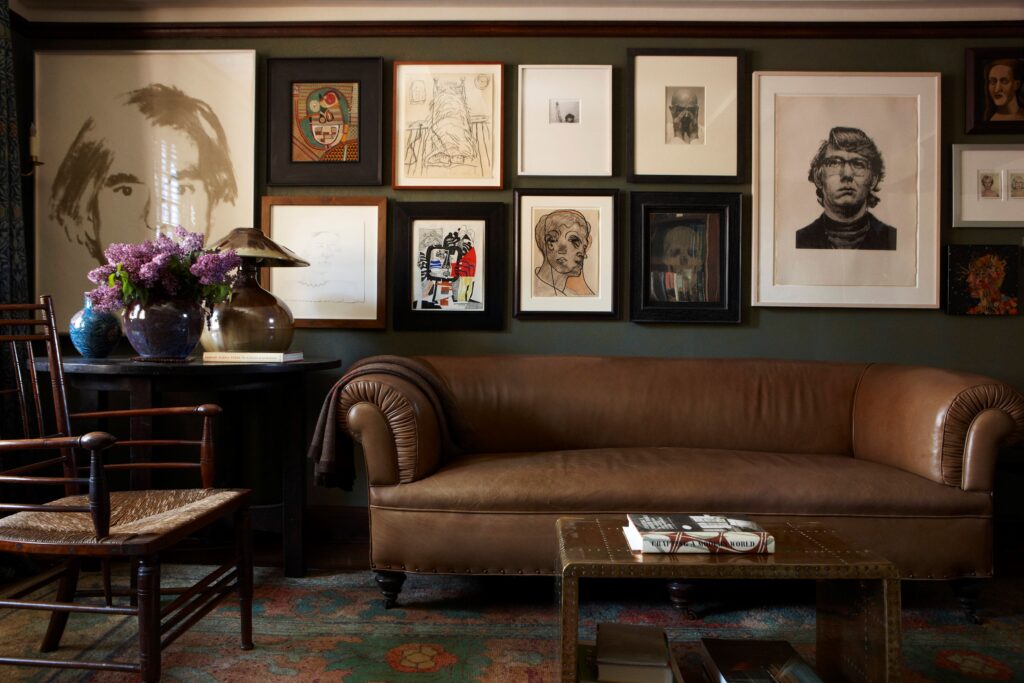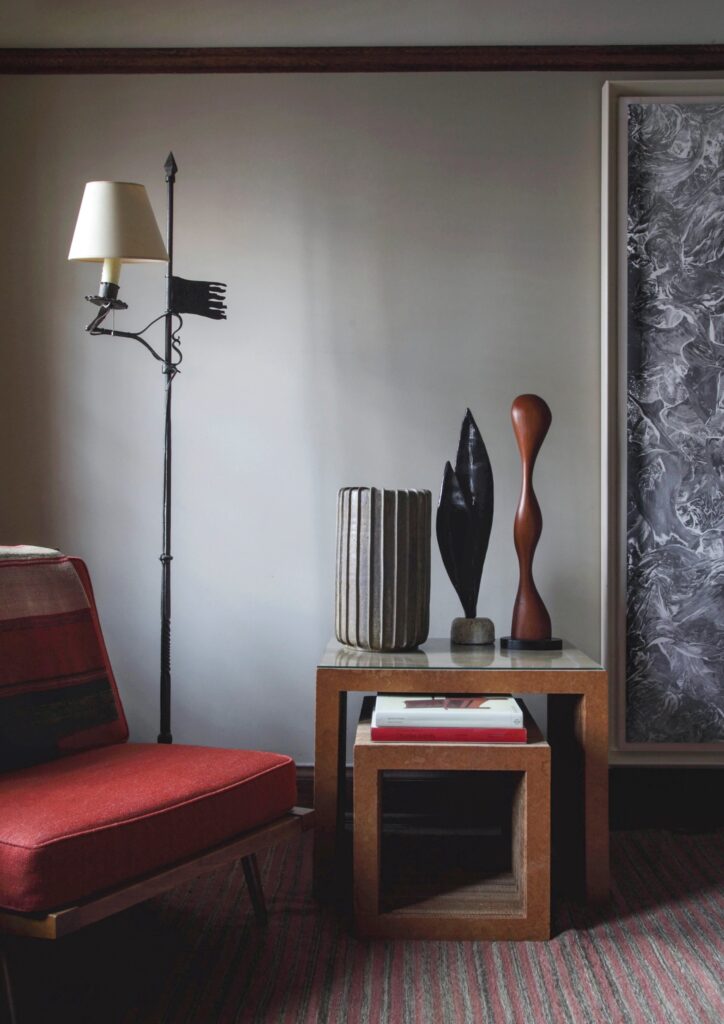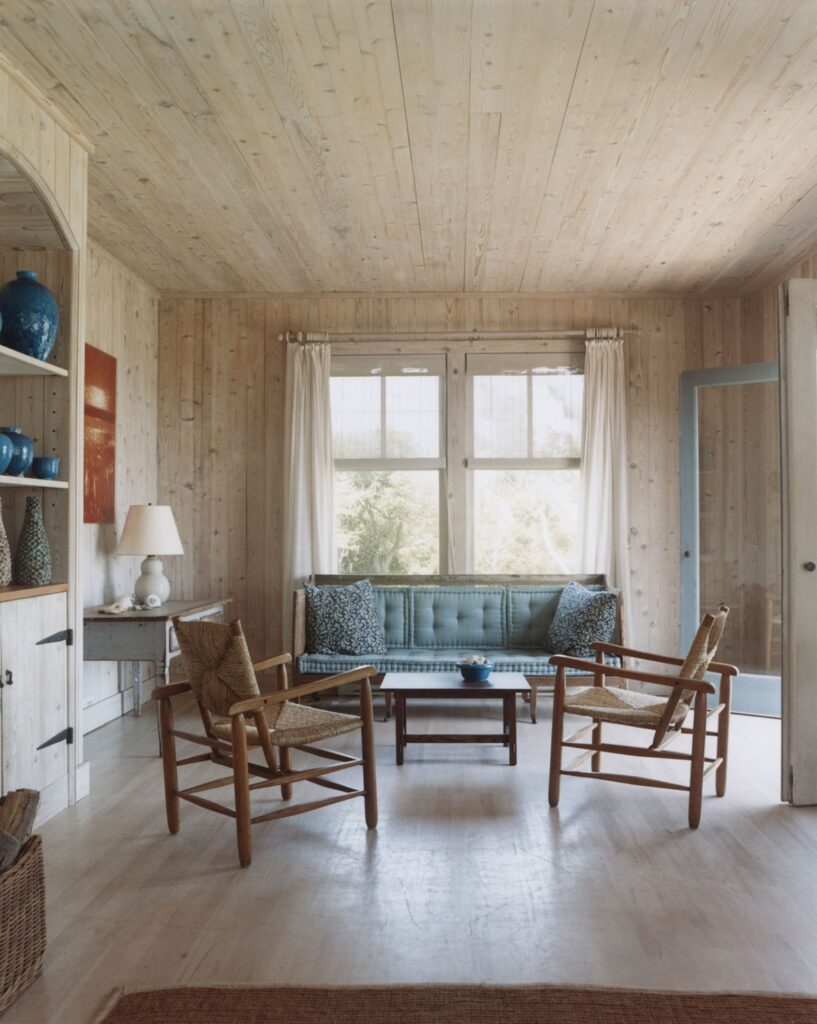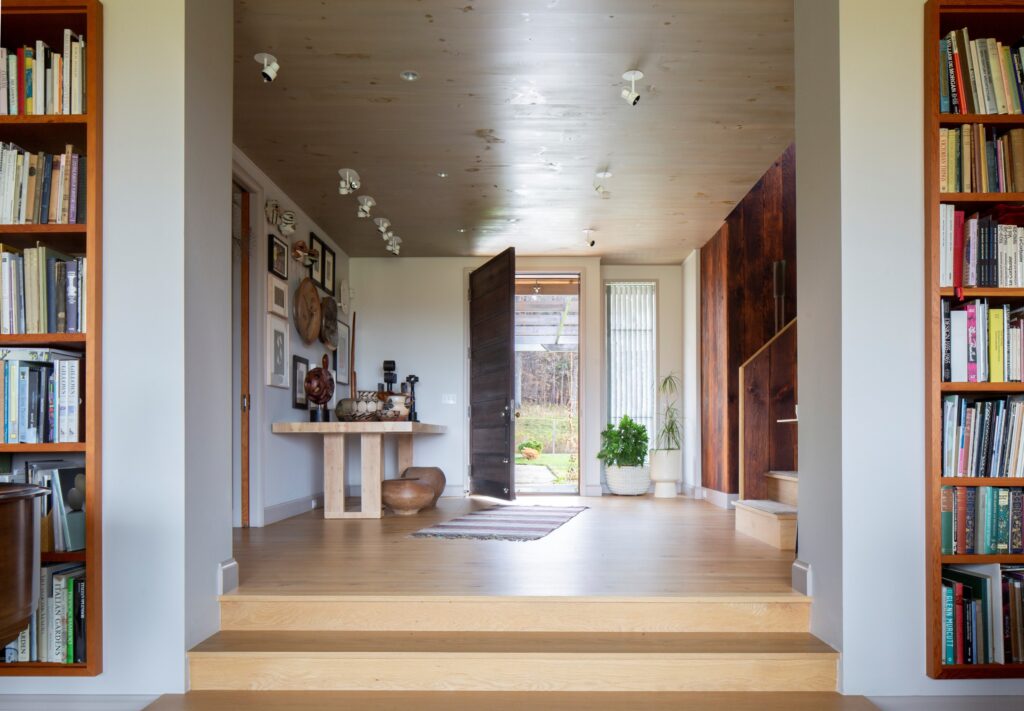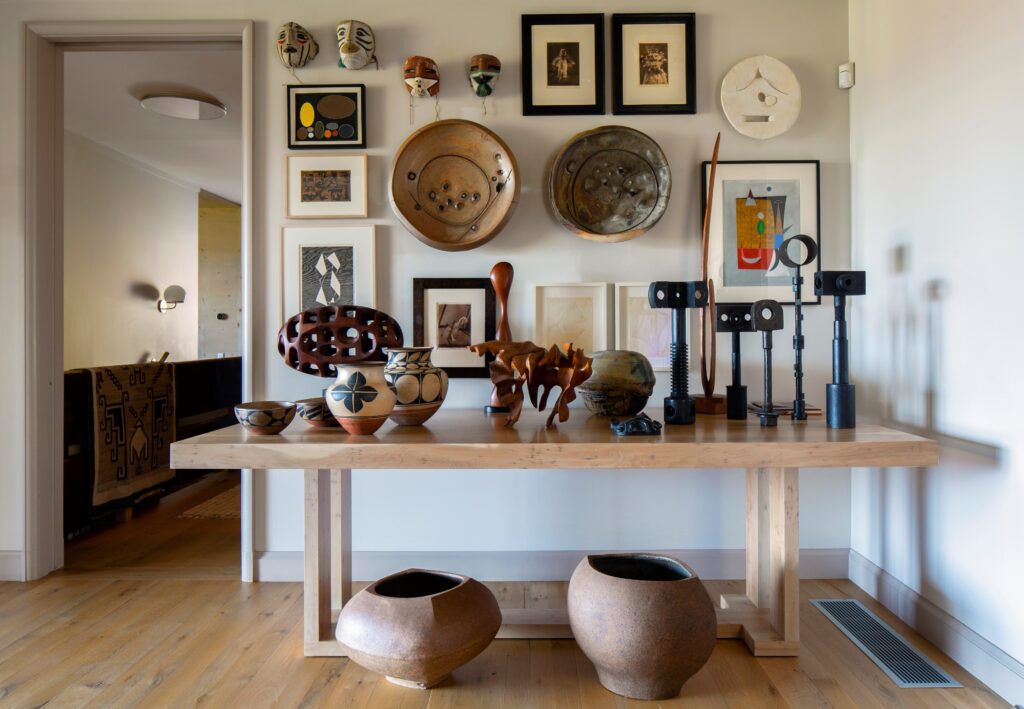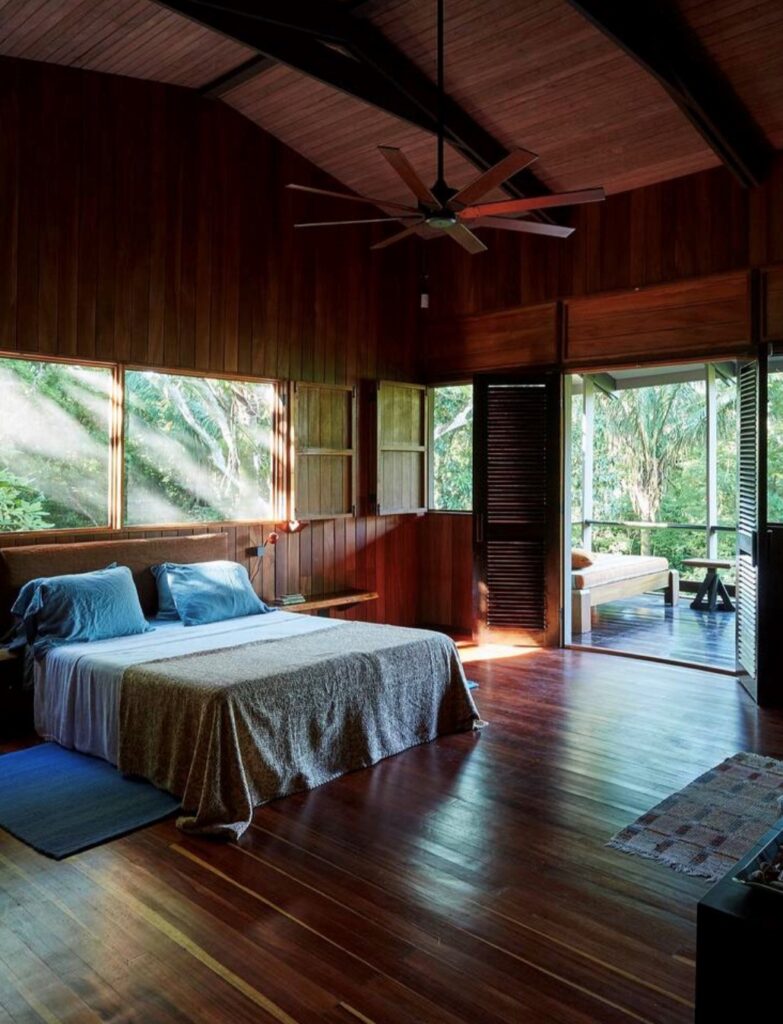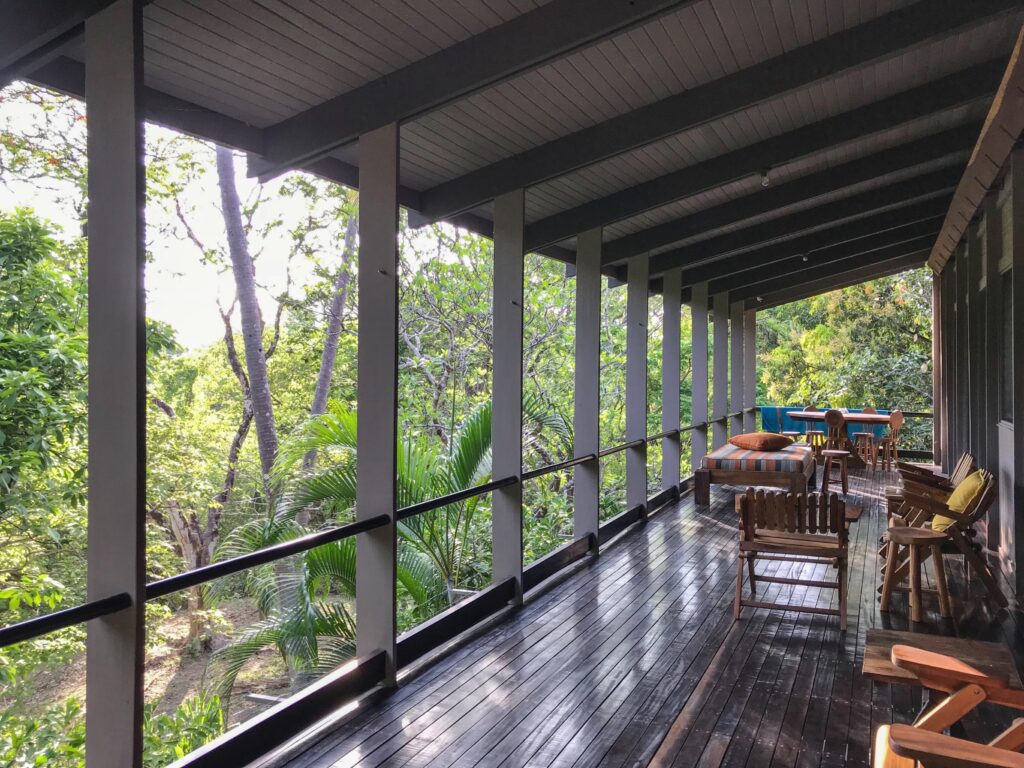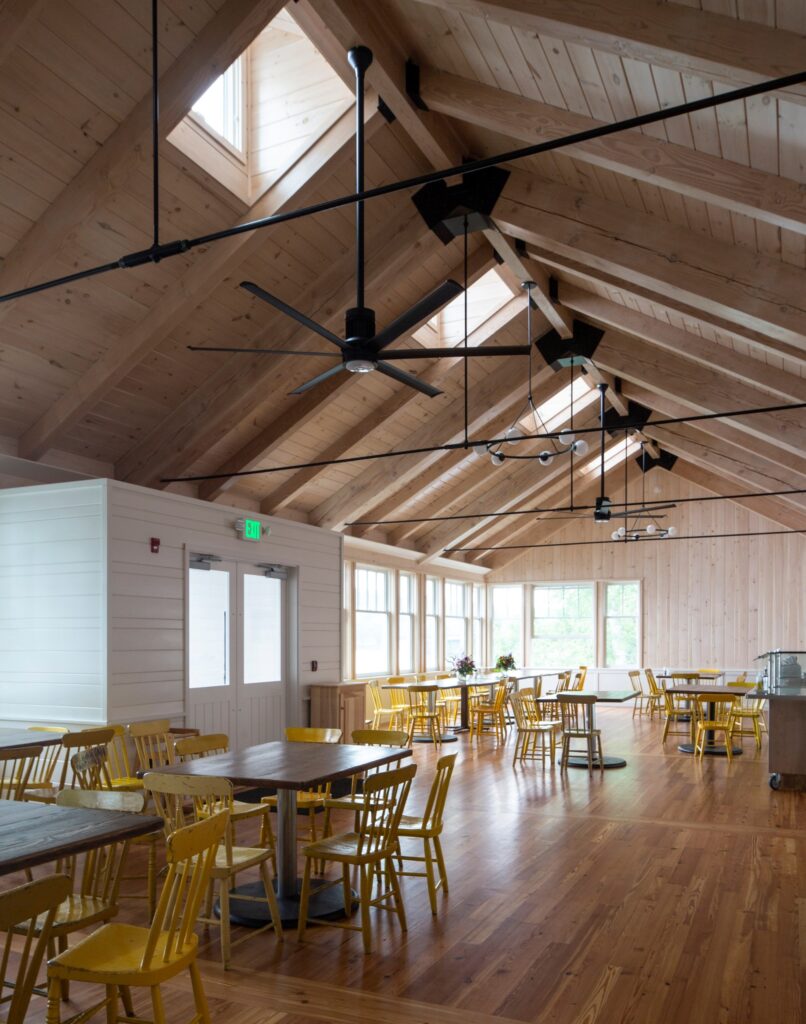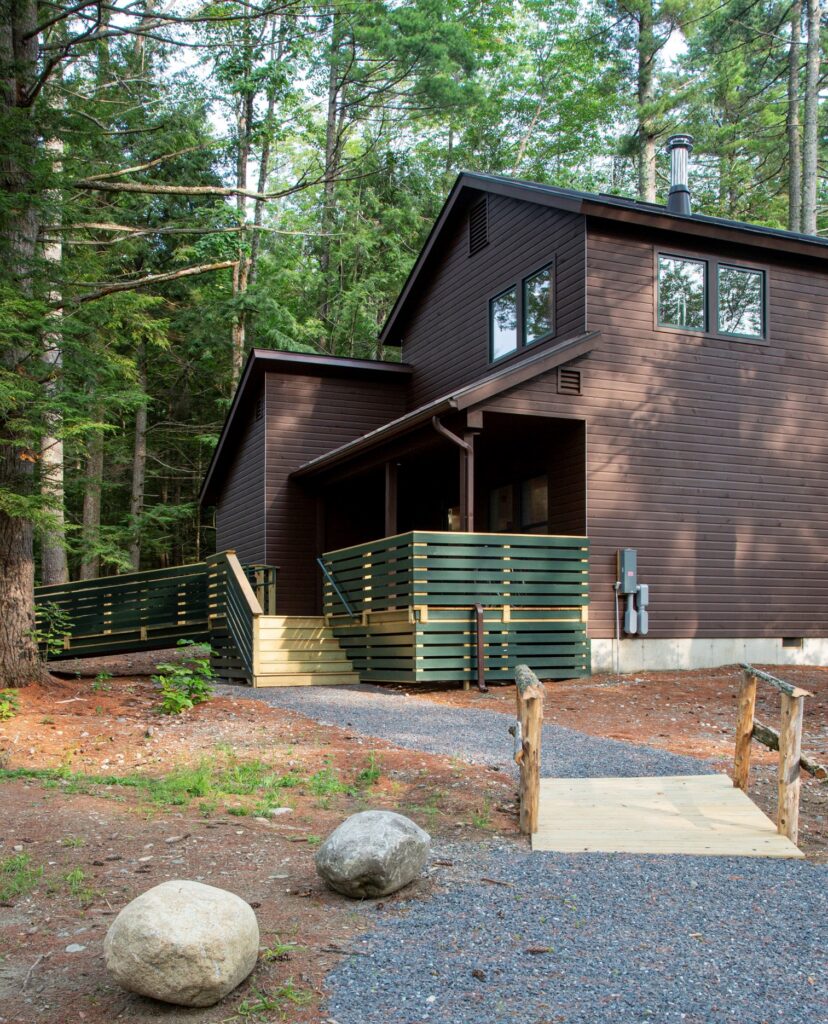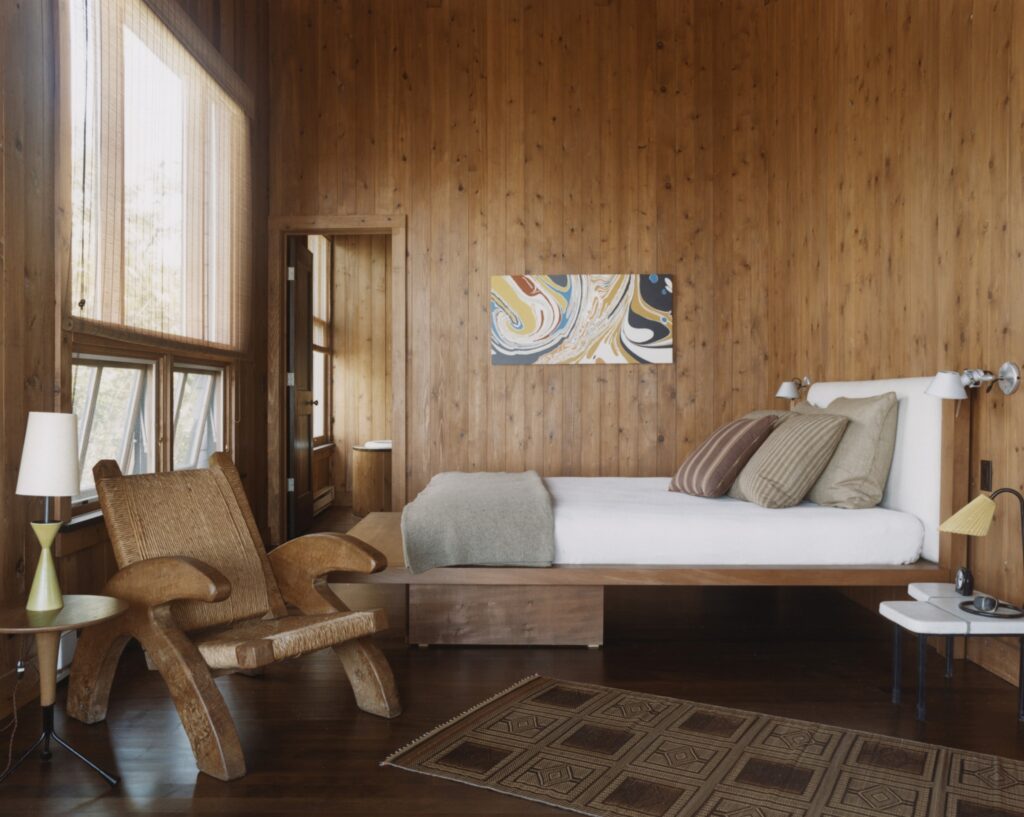
“I met Alan in 1980 and hired him as the architect for my New York apartment in 1988. I always loved his impeccable eye for detail and expansive knowledge of art, architecture, and design. We became great friends and with his partner Jed Johnson had amazing adventures. Besides being a great friend, he is one of my go-to gurus!”
—Beth Rudin Dewoody
Art collector and philanthropist Beth Rudin Dewoody is one of many who call architect Alan Wanzenberg their design guru. When, as the concluding guest speaker for this season’s Interior Design: The Legends, Wanzenberg suggested that we talk about the personal face of his interiors—the emotional and aesthetic layers of the places he has called home—I knew that we were in for an extraordinary, memorable experience.
The story of Wanzenberg’s amazing life and intellectual taste has been told many times and detailed in his 2013 autobiographical memoir Journey: The Life and Times of an American Architect. Highlights include his early years in the office of I.M. Pei, his connection to Andy Warhol’s Factory, his successful life and professional partnership with Jed Johnson, and his blue-chip clients like Richard Gere, Mick Jagger, and Peter Brant. It’s also well known that he tragically lost both his brother and Johnson in plane crashes.
Wanzenberg’s magnetic, authentic charisma leaves audiences inspired and smiling. One of the most influential tastemakers in this country, he was called an “influencer” before the advent of social media. He considers himself an American architect like Louis Kahn and Philip Johnson. Though he has travelled the world extensively, his visual language remains rooted in the American experience. From his early days in Evanston, Illinois, and summers spent in a resort town on Lake Michigan, to his architectural studies at the University of California Berkeley and Harvard’s Graduate School of Design, to the homes he’s established over the years in Manhattan, Fire Island, Upstate New York, and Costa Rica, his work is tinged with the landscapes, culture, and history of the United States. At the same time, his interiors reflect his personality—unpretentious and ethical, seamlessly merging simplicity and sophistication—and the results are unfailingly comfortable yet architectural, homey yet devoid of decoration, carrying at once a sense of familiarity and timelessness.
Wanzenberg’s love for American Arts and Crafts furniture is legendary. He rediscovered the masterful works of turn-of-the-20th-century designers like Gustav Stickley, Frank Lloyd Wright, and Greene and Greene long before they came back in vogue, and the aesthetic became an abiding influence over much of his oeuvre. In the 1980s and early ’90s, he and Johnson drew wide acclaim as they pioneered collecting and using American Arts and Crafts furniture in their interiors, sparking a huge trend. The look they originated—architectural, rectilinear, dark, and oaken—was quickly adopted in homes of movie stars, such as Steven Spielberg’s house in the Pacific Palisades and Barbara Streisand’s apartment on Manhattan’s Upper West Side. Later on, Steve Jobs collected this material as well, far from the public eye.
While Wanzenberg finds the craftsmanship and vernacular forms of Arts and Crafts pieces to be highly compelling, it is the movement’s moral philosophy that has become the foundation for his own practice: that art should permeate everyday life and William Morris’ seminal advice to “Have nothing in your houses that you do not know to be useful or believe to be beautiful.”
“I am restless,” he told me; he’s perpetually on the move looking for what’s next. In the early 1990s, he rediscovered the social furniture of French mid-century modernism. At the time, this now-blue-chip work was nearly forgotten, known only to art historians. The furniture designs of Charlotte Perriand, Pierre Jeanneret, Jean Prouvé, and Le Corbusier, he says, share similar sensibilities with those of the Arts and Crafts movement—celebrating the inherent beauty of materials in simple, chic, and authentic forms. Wanzenberg and Johnson knew immediately that they loved these refined objects and furnished their twin houses on Water Island (a small, secluded, private community in Fire Island beach) in this mode. When Wanzenberg met Perriand during her only visit to New York, she was 94 and her recent retrospective at the Pompidou Center in Paris had brought her work to prominence again. It was a year after Johnson died in the TWA Flight 800 crash, and Wanzenberg said the memorable meeting was spiritually uplifting.
Today, Wanzenberg divides his time between the house he built in the town of Acram in Upstate New York and his vacation home in Costa Rica, both informed by his passion for living with nature and by his relationship with landscape architect Peter Kelly. In the jungles of Costa Rica’s Nicoya Peninsula, the two purchased a 1970s bungalow called Casa de Mañana. The couple completely renovated the home to honor and celebrate the tropical environment. All of the furniture was crafted of local woods, particularly Guanacaste.
Casa de Mañana was recently published in the prestigious Wall Street Journal Magazine, and editor Sarah Medford told me that it was selected because it represents “a strong example of Alan’s commitment to doing what’s needed and what’s appropriate in context, but no more than that.” She added: “He finds beauty in simplicity and makes the most of it.” Wanzenbergs house in the New York countryside also embodies these principles and hopefully will be published soon.
Giving back is integral to Wanzenberg’s way of life. Back in the 1990s, he and Johnson designed the East Village headquarters for New York’s non-profit Housing Works, dedicated to helping victims of homelessness and AIDS. More recently, he became involved with Opus 40, an environmental sculpture park in Saugerties, New York, created by sculptor and quarryman Harvey Fite, who used the native bluestone to create the statues on display.
Wanzenberg’s most substantial mark was left in Skowhegan, Maine, where he created a masterplan for the school for painting and sculpture. “We brought Alan on as a Trustee and advisor because of his love of art and understanding of artists’ lives and needs,” said Ann Gune, the institution’s Chair of Trustees. “But once engaged, he brought another dimension. Knowing that his architecture is high-end residential and that our artists’ program—which is on an old chicken farm in the middle of Maine—had very basic needs, it never occurred to us to ask for his assistance on design matters… But seeing the scope of our needs, he volunteered to help—all pro bono! Over the last several years, he has quietly and graciously steered our master plan through various phases and stepped up to design a number of buildings for us. These creations, obviously far from what he clearly loves doing, are very basic, but fit our parameters beautifully. They are buildings that will serve us well into the next century and of which we are extremely proud.”
Wanzenberg’s work is full of surprises but always soulful. It is the ultimate expression of those famous words from William Morris: “the true secret of happiness lies in taking a genuine interest in all the details of daily life.”
This article was published this morning in Forum Magazine by Design Miami/. All images courtesy Alan Wanzenberg. Registration to the winter-spring edition of Interior Design: The Legnds is open now.
